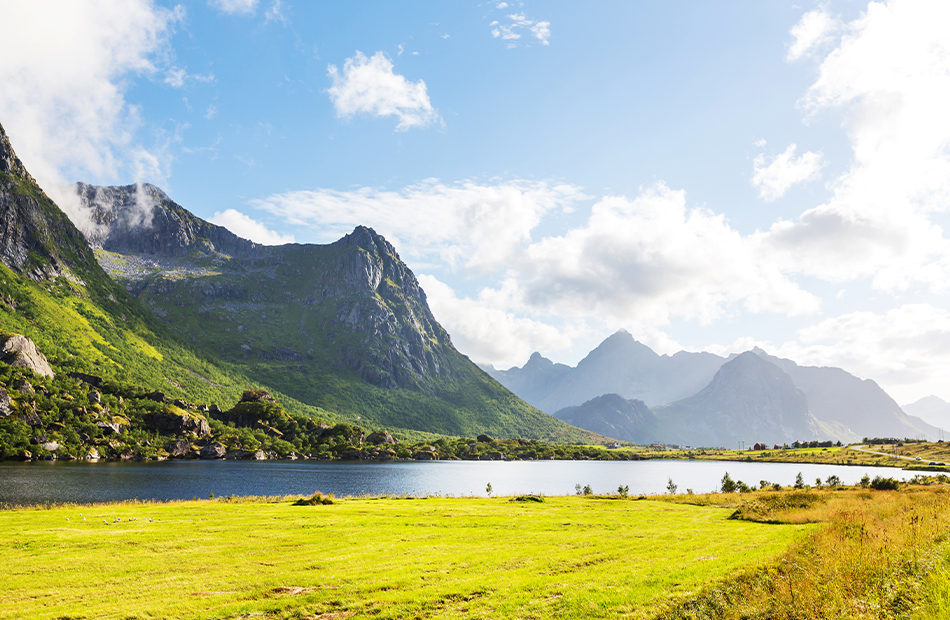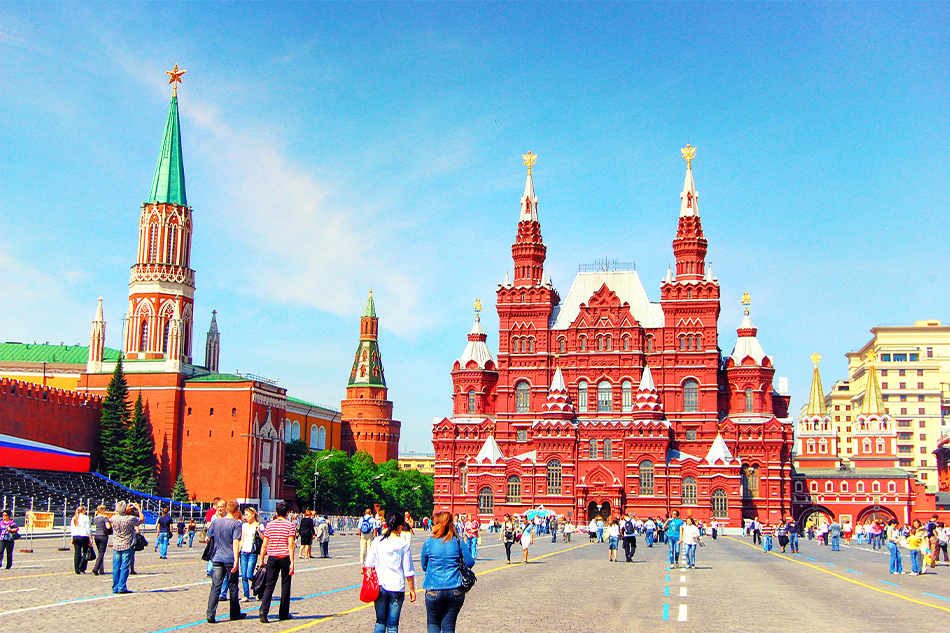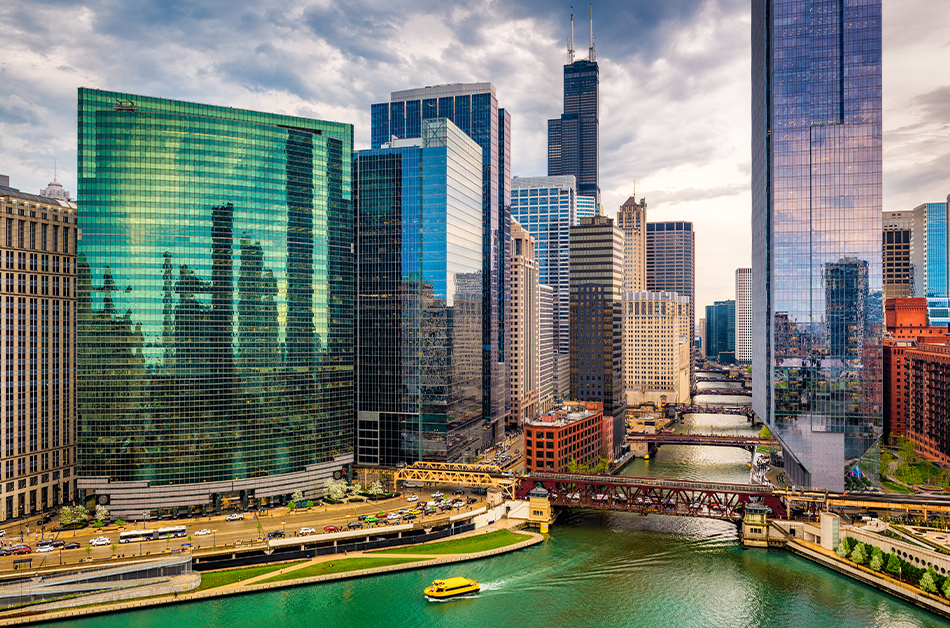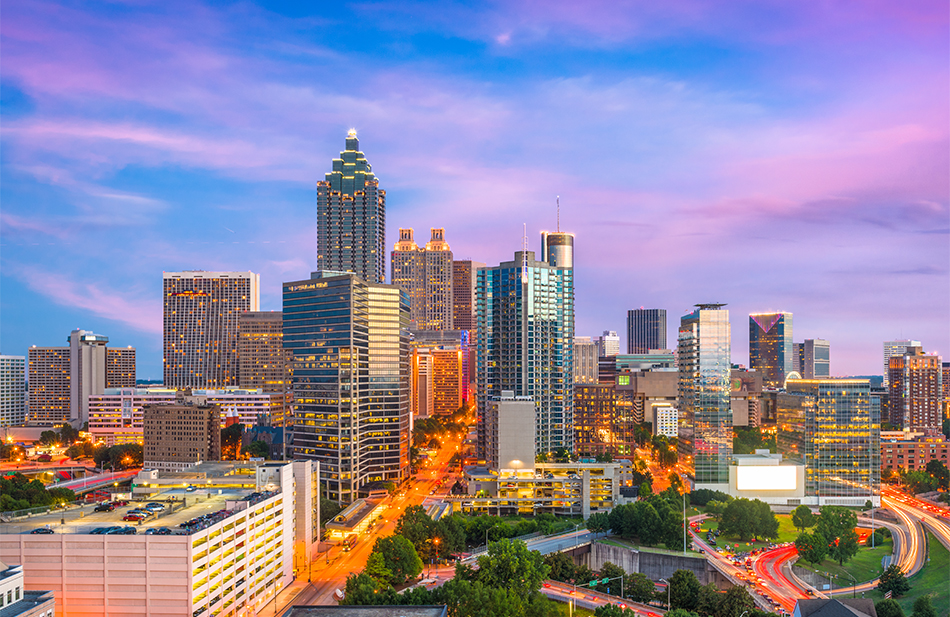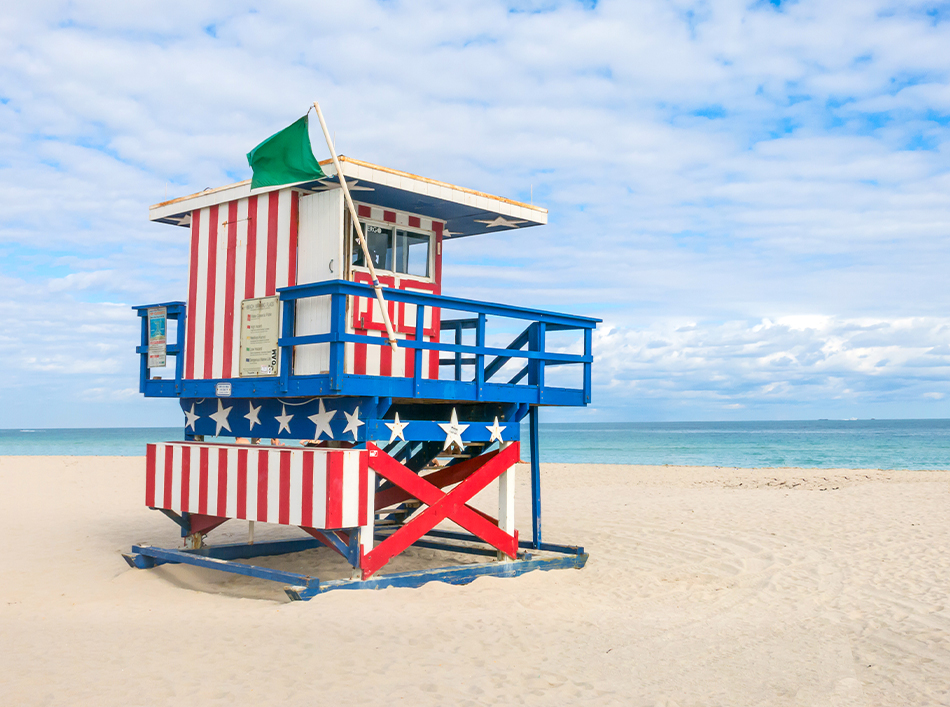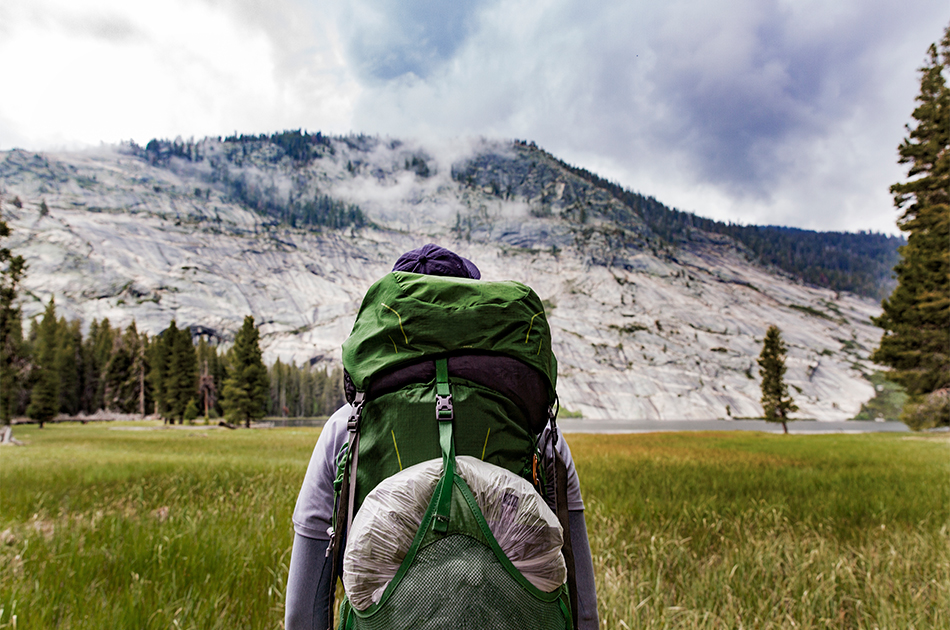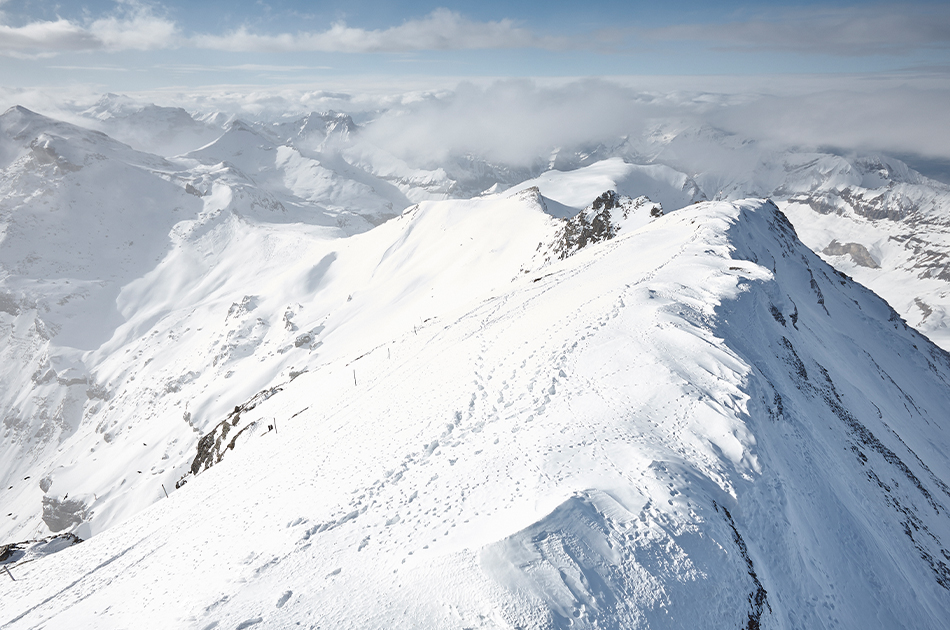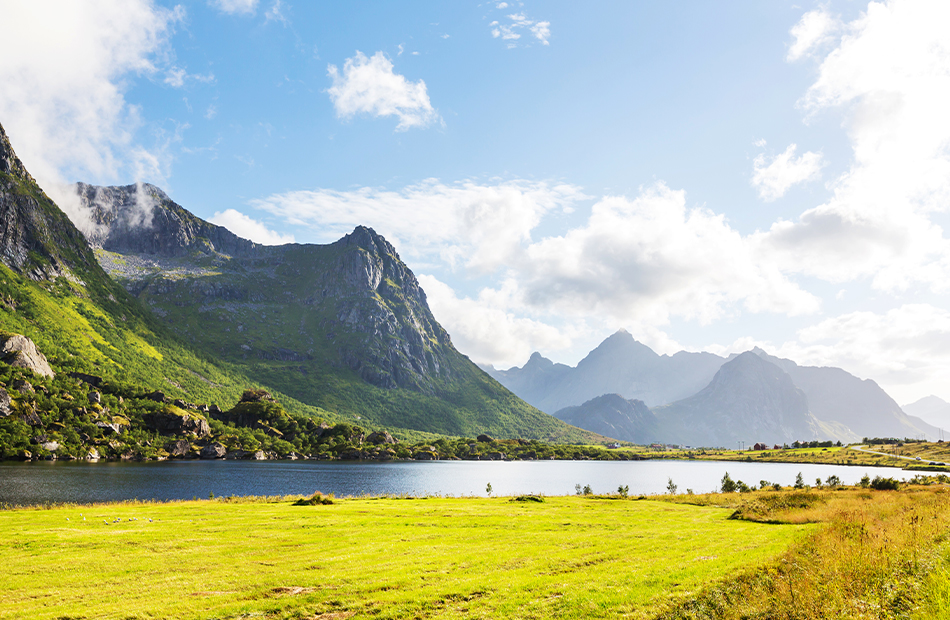
10 Best Things to Do in Norway
Norway has an incredible mix of cultural and natural wonders to offer visitors. There are endless options for travelers in the land of the midnight sun and stunning northern lights, from cosmopolitan Oslo to its endless snowcapped mountain peaks and deep fjords. Here are 10 things you can't miss in Norway.
1.Fjord Cruises and Sightseeing Tours
The winding coastline of the Norwegian unique fjord (Fjorden) scenery is also selected as the world's best tourist destination and the first of the world's best scenery by an internationally famous tourism magazine.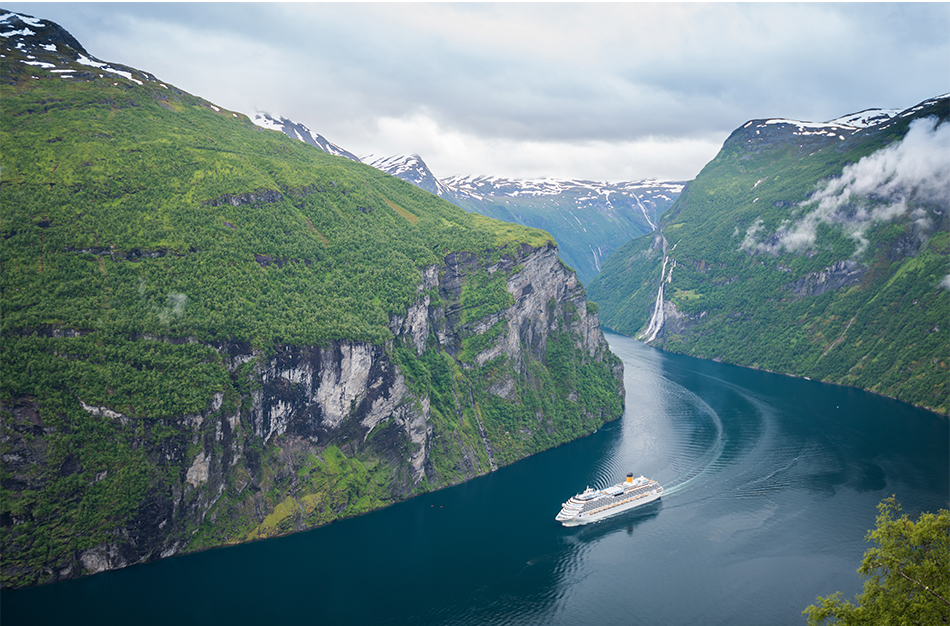
Sognefjord, Norway's largest fjord, extends 204 kilometers inland from the coastal village of Skjolden, branching off into numerous smaller inlets and fjords along the way. The King of the Fjords (as it is known by Norwegians) is nearly five kilometers across at its widest point, and the cliff walls reach as high as 1,307 meters, creating a breathtaking sight.
The most popular way to visit the fjord is by boat, and there are numerous fjord cruises and sightseeing tours available. Many of the best tour options leave from the charming town of Bergen (be sure to allow a full day for your adventure).
Tourists will also enjoy exploring the narrower branches, such as Naeroyfjord, a spectacular 17-kilometer stretch with cliff walls only 250 meters apart that tower over 1,700 meters above the water.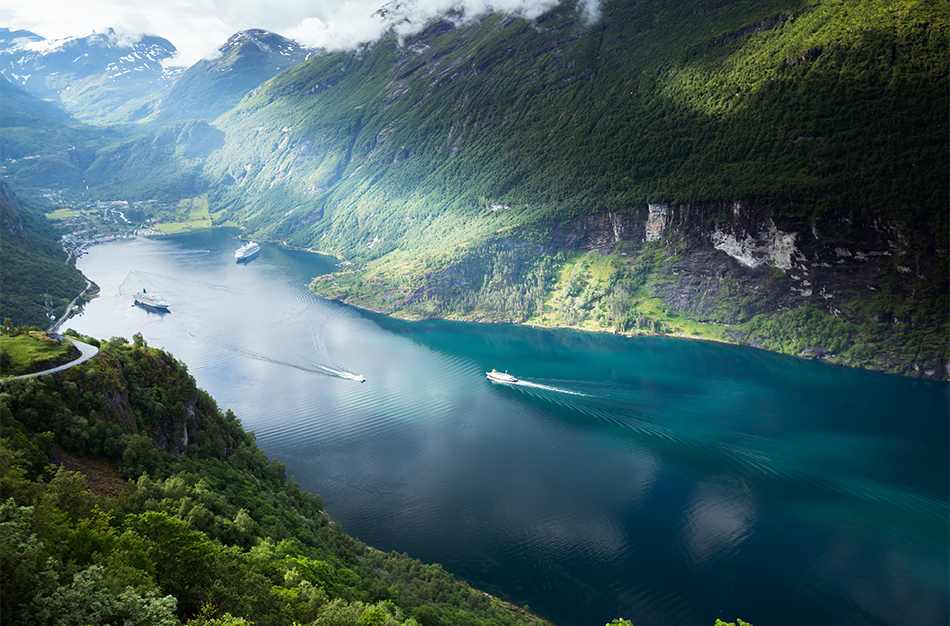
The Geirangerfjord region north of Lesund, which is part of the spectacular Fjord Norway network and regularly tops the UNESCO World Heritage Sites list, offers some of the best scenery in Norway. The Geirangerfjord, an eastward continuation of the Sunnylvsfjord, has some of the most spectacular views in the country.
One of the best views is from Dalsnibba's summit. The views of the surrounding mountains and the Geirangerfjord far below are simply breathtaking from 1,495 meters. There are numerous cruises and tours available, but if you're driving, make sure to take the winding Eagles' Road, which features 11 hairpin bends and spectacular views.
2.Climb Mountains and Glaciers
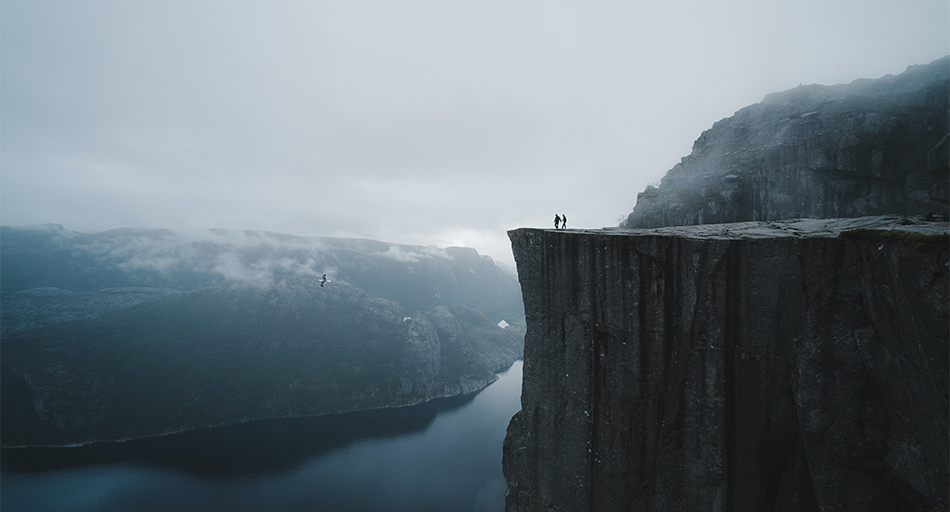
Pulpit Rock (Preikestolen), despite being a tourist attraction best suited for the active traveler due to the difficult journey required to get there, is one of Norway's most popular sights. The destination, located near Stavanger, requires ferry and bus rides, followed by a two-hour uphill hike to reach the almost perfectly flat-topped cliff, which looks over Lysefjord from more than 600 meters above the water.
Visitors to the Stavanger area should also pay a visit to the surprisingly fascinating Norwegian Canning Museum, which is set up exactly as the cannery was during WWII. Stavanger Cathedral is another popular tourist attraction in the city. This 12th-century structure incorporates a Romanesque basilica, a Baroque pulpit, and a Gothic font.
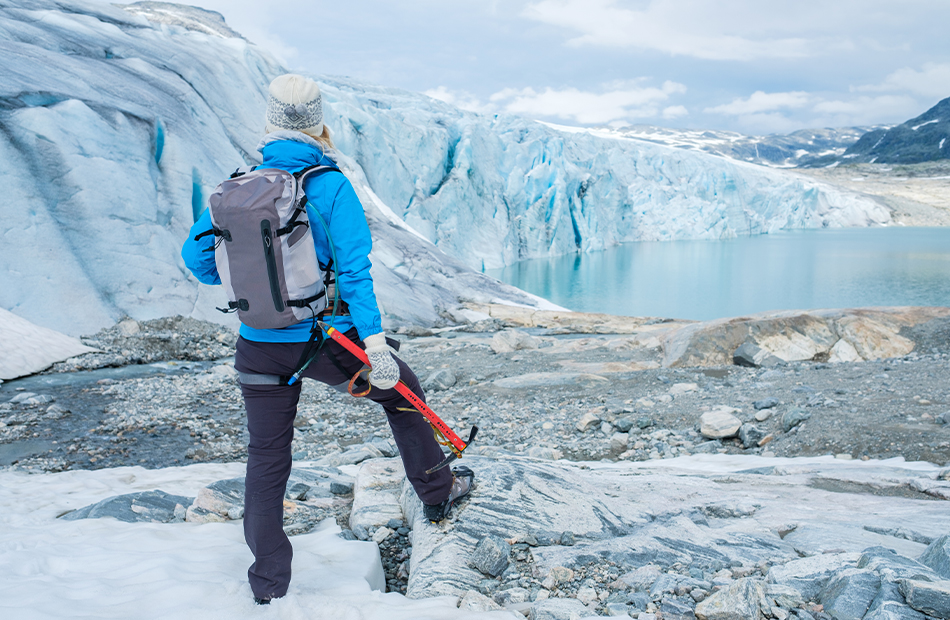
A trip to Norway would be incomplete without a visit to Jostedalsbreen, Europe's largest glacier. Jostedalsbreen, located between the Sognefjord and the Norfjord, is actually quite accessible due to the numerous protruding arms that sprout from the center. Jostedalsbreen Glacier is worth a visit during your trip, whether you're hiking, kayaking, or simply admiring the breathtaking scenery.
This ice cap, however, is gradually melting. Over the last 50 years, the glacier has lost more than 12% of its mass. If you want to see this breathtaking natural wonder, make your way to the Jostedalsbreen Glacier before it completely melts away.
3.Watch the Aurora Borealis and the Midnight Sun
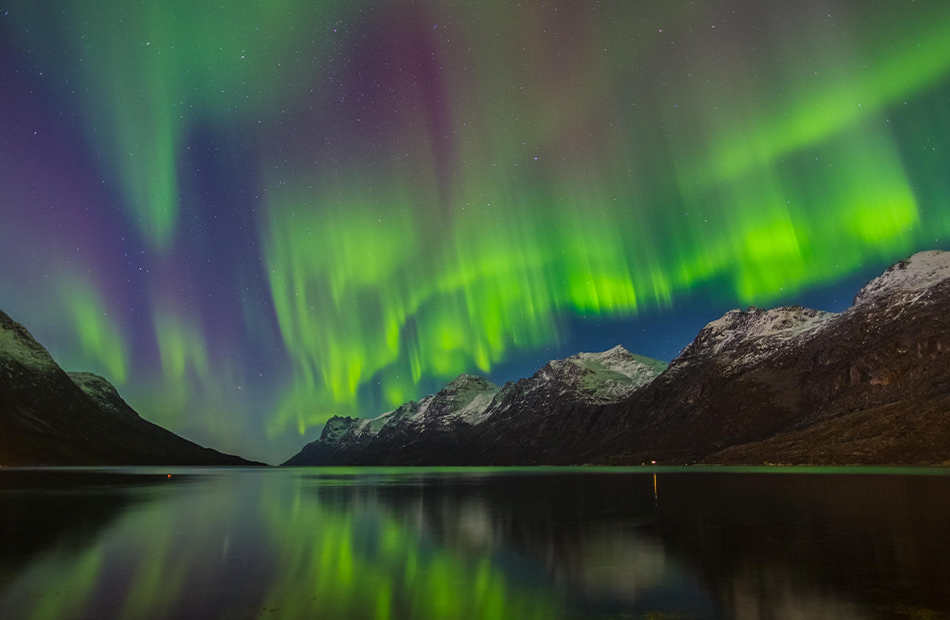
Troms is also a popular destination for those hoping to see the spectacular aurora borealis, or northern lights, due to its northerly location. Polaria and the Polar Museum are two of the many attractions and fun things to do in town that explain and explore the phenomenon.
An unexpected tourist attraction for an area deep within the frozen north, the Tromsø Arctic-Alpine Botanic Garden is home to a plethora of flowering plants. Highlights include hardy rhododendrons and the gigantic Tibetan blue poppy, as well as a garden dedicated to the region's traditional medicinal plants.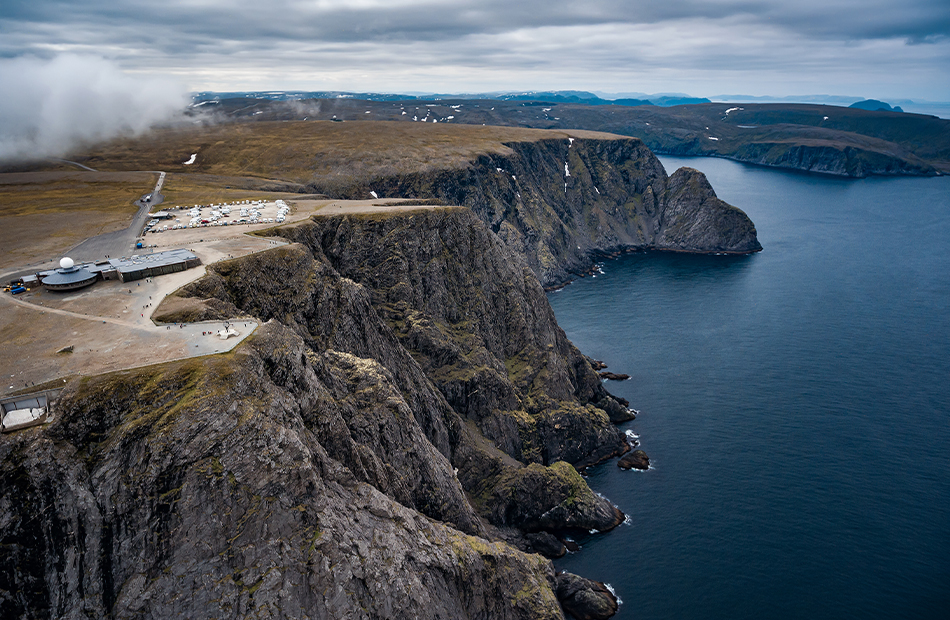
Nordkapp, located on the border of the Norwegian and Barents Seas, is Europe's northernmost accessible point by car. Many people believe that the cape is the northernmost point in Europe, but this is incorrect because the Knivskjellodden Cape extends several thousand feet beyond Nordkapp.
In the summer, however, this plateau remains a popular tourist destination, with visitors able to witness the dramatic midnight sun illuminating the night sky. If you plan to stay a while to avoid the crowds, there is a restaurant, cafe, gift shop, and museum to keep you entertained.
4. Outdoor Sports and Wildlife Safari
The Lofoten Islands are an archipelago off the coast of northwestern Norway that is a popular tourist destination for both Norwegians and visitors from other countries. Despite its location within the Arctic Circle, the weather here is mild thanks to the Gulf Stream.
Tourists come to enjoy the beaches, visit traditional fishing villages, kayak, hike, and see the wildlife. These islands are also among the best places in the world to see the northern lights. There are numerous attractions and things to do on the islands, particularly in Svolvaer, the largest town on the southern coast of Austvågøy island.
The Lofoten Museum (Lofotakvariet), which explores the history of the island's fishing industry, is also located on Austvågøy, as is the Lofoten Aquarium (Lofotakvariet), which features Arctic sea life.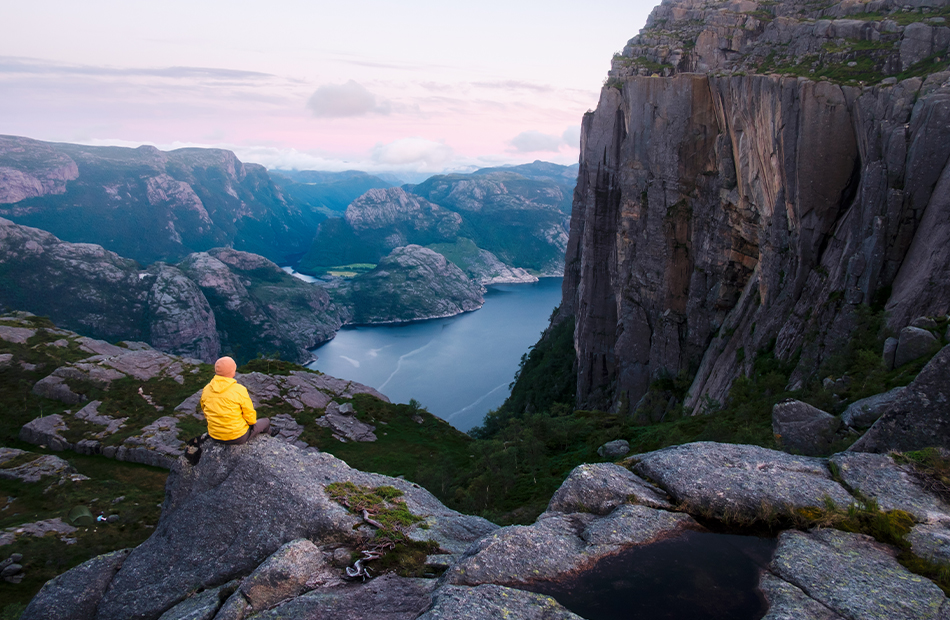
Svalbard, the world's most northern settlement, is a great place to see some of the country's most fascinating wildlife. You can see a variety of arctic creatures that roam this polar region by booking a Wildlife Safari.
A safari trip is the best way to see polar bears. Walruses, arctic foxes, puffins, and even reindeer are common sightings. From November to February, Svalbard is a popular destination for viewing the Northern Lights.
5.Visit Museums and historic buildings
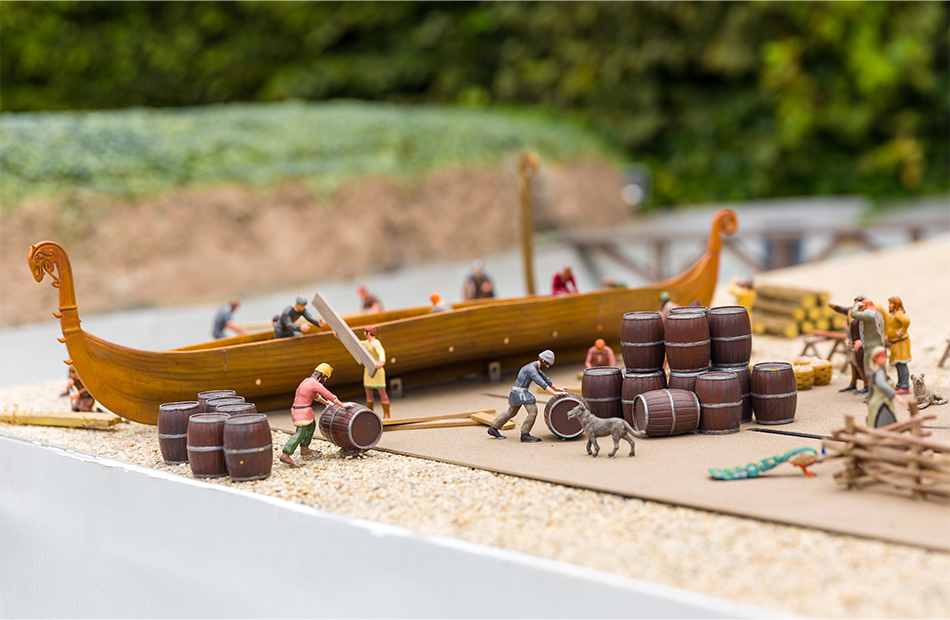
The Viking Ship Museum (Vikingskipshuset p Bygdy) in Oslo is the largest of Norway's museums dedicated to their seafaring ancestors, featuring three 9th-century Viking vessels, each of which had been laid to rest as burial chambers for prominent Vikings.
The Bryggen Hanseatic Wharf is one of Bergen's most popular tourist attractions. This vibrantly painted district was once the city's commercial center, dominated by Hanseatic merchants. Today, tourists can visit several historic buildings that depict medieval life, as well as boutiques, restaurants, and the Bryggen Museum.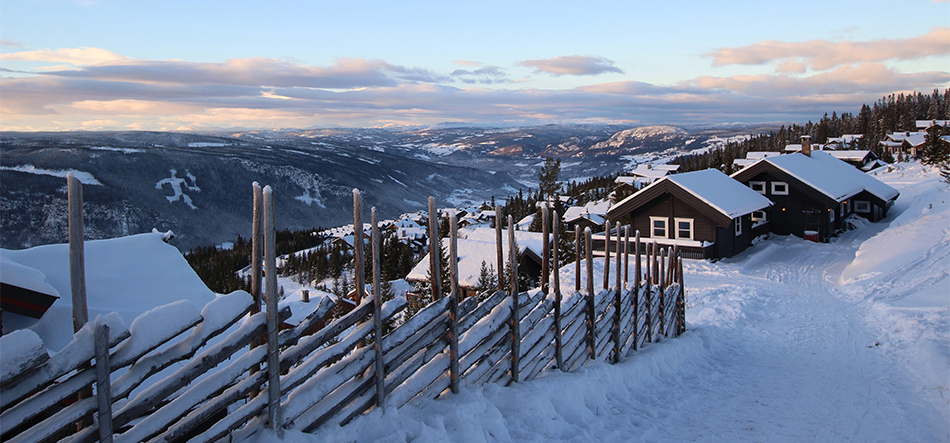
Lillehammer, located above Lake Mjøsa at the southern end of the Gudbrandsdal valley, is one of Norway's most well-known year-round tourist destinations. Summer attractions include Malhaugen Park, an open-air museum with over 100 historic buildings, including 18th-century farmhouses, workshops, and a stave church.
Peer Gynt's Cottage is another notable landmark. It is said to have been the home of the prototype of Ibsen's famous hero in the early 1700s. Lillehammer, however, shines when the snow falls. The city, which hosted the Winter Olympics in 1994, has an endless list of winter activities: skating, curling, sleigh rides, more than 480 kilometers of Nordic ski trails, and alpine ski centers.
6. Visit Unique Church
The Nidaros Cathedral has stood in Trondheim for over 1,000 years and is still one of the country's most important cathedrals and pilgrimage sites. It took over 230 years to complete and was built over King Olav II's burial site.
The intricately carved facade of this Gothic cathedral depicts many historical and religious figures in the archways. The beautiful stained glass windows, including the western-facing rose window, will also catch your attention. Despite the fact that they were added in the twentieth century, they remain the cathedral's most prominent feature.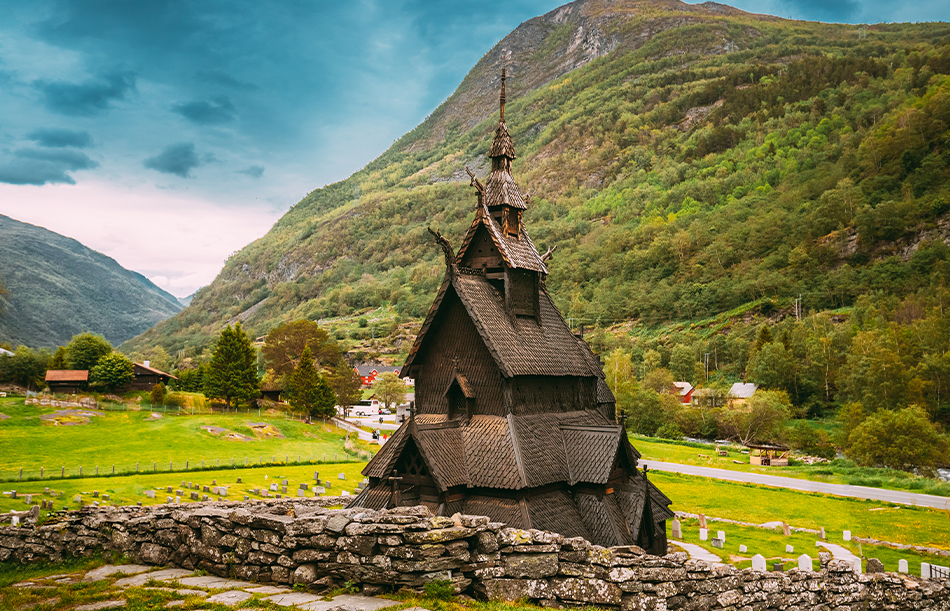
The word "unique" is frequently used to describe the Borgund Stave Church. More than 800 years ago, in the village of Borgund, this wooden church was built in the triple stave style. The sight of the church is awe-inspiring, with its dark wooden panels juxtaposed against the countryside's rural pastures.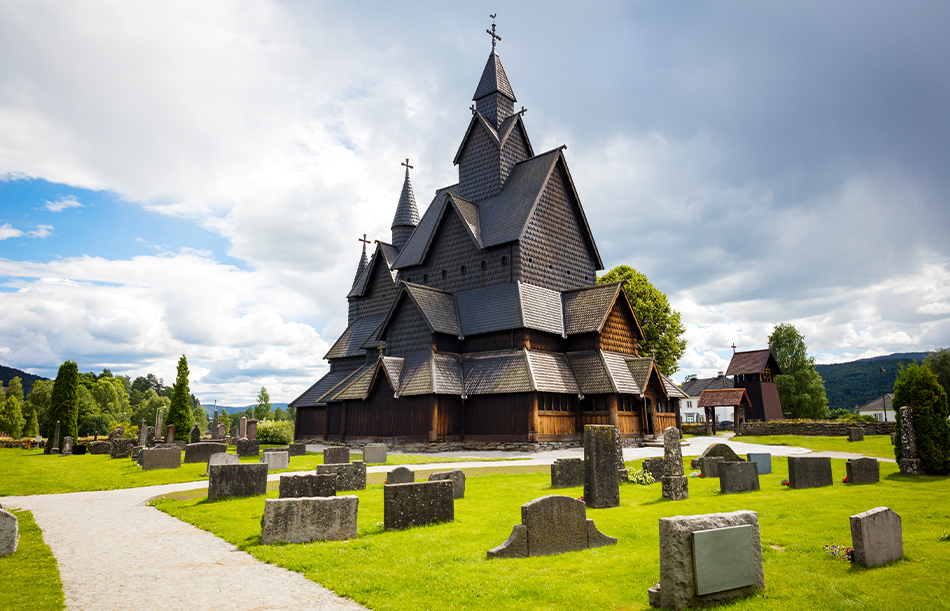
Ripped from the pages of a fairytale, the Heddal Stave Church is a wooden architectural masterpiece located in Heddal, Norway. Built in the 13th-century, the church is built in a triple nave style, which gives it a tiered appearance. It’s one of the only 28 remaining stave churches in Norway, making it a popular attraction for both tourists and locals.
7. Ski in Hemsedal
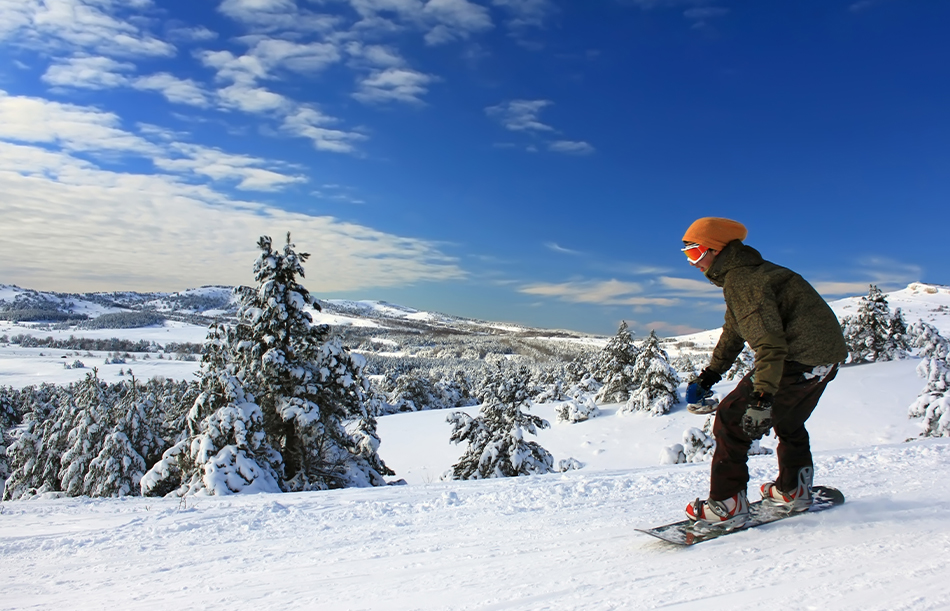
The snow-capped mountains of Norway are a great adventure, and Hemsedal, a ski town, is no exception. Hemsedal, also known as the Scandinavian Alps, has three distinct peaks and over 20 lifts to accommodate skiers and snowboarders of all skill levels.
Even if you aren't into mountain sports, Hemsedal is a great place to spend a weekend. Cafes, restaurants, shops, and even museums abound in the town. They're even famous for their after-ski parties, which feature live music and bar hopping almost every weekend.
8. Admire the Waterfall
Voringsfossen, one of Norway's most visited waterfalls, is located in the heart of the Mbdalen valley. It drops nearly 600 feet down the side of a mountain before winding through the valley's crevices. Vorginsfossen, surrounded by jagged limestone cliffs and lush green forests, is undoubtedly one of the most majestic sites you'll see in Norway.
9. Scenic Rail Routes
There's no better way to see Norway's breathtaking scenery than by train. Surprisingly for such a mountainous country, Norway's rail lines span more than 3,218 kilometers, passing through 775 tunnels and over 3,000 bridges along the way.
The best scenic routes begin in Oslo, such as the Bergen Railway, which runs across the Hardangervidda mountain plateau. Other notable routes include the Dovre Railway from Oslo to Trondheim, with its sideline, the Rauma Railway between Dombås and Åndalsnes, and the world's steepest, the Flåm Railway.
Other interesting diversions on Norway's rail network include classic steam trains, gourmet train excursions, and pedal-powered rail tricycles (draisines) for use on abandoned rail lines.
10. Cross Atlantic Ocean Road
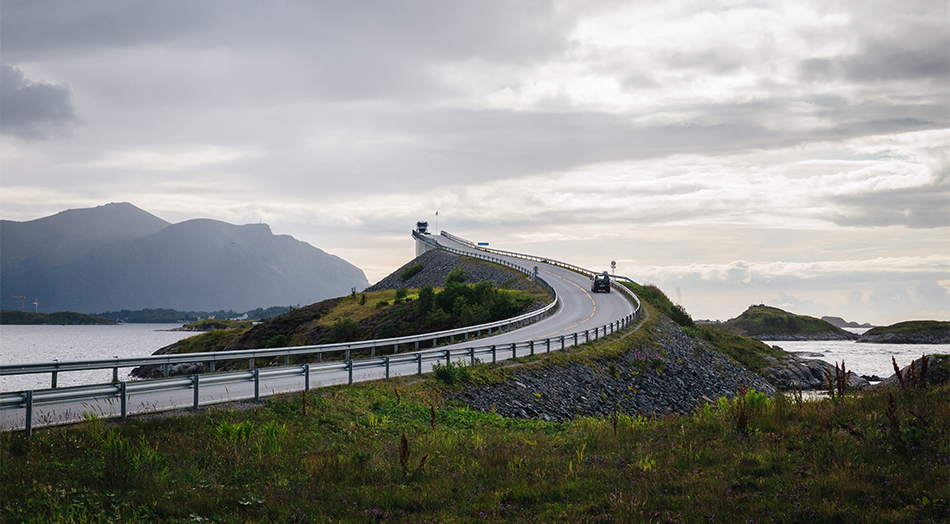
The Atlantic Ocean Road, one of Norway's 18 National Tourist Routes, is not only a vital connection for the maze of tiny islands it serves; it's also a draw for anglers, diving enthusiasts, and visitors looking to get as close to the sea as possible.
Despite being only a little more than eight kilometers long, it has earned a reputation as one of the most spectacular stretches of coastal highway in the world, winding through an archipelago in Eide and Averøy in More og Rømsdal. In addition to the spectacular views, which are always spectacular no matter what the weather, you'll have the opportunity to visit charming fishing villages, quaint wooden churches, and the famous Trolls' Church Cave.

